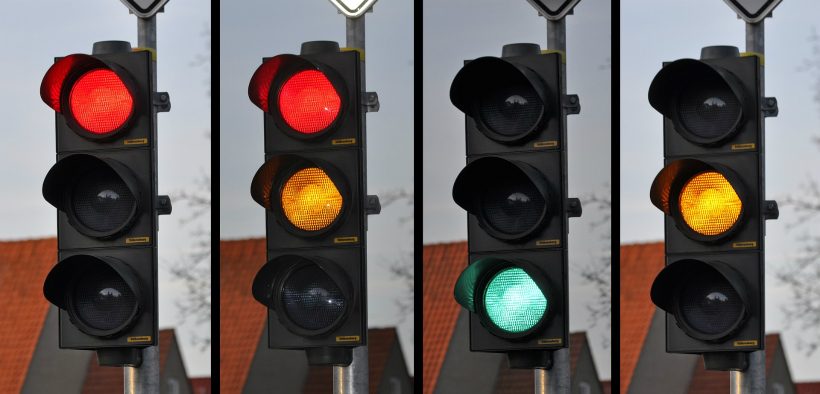As educators, we assume that students are learning what we teach. But students often do not learn as much as we expect, and high-stakes assessments reveal their knowledge gaps when it is too late to do anything about it. Thus, many instructors use classroom assessment techniques (CATs) to provide instant feedback while students are accessing learning content. These assessments also allow students to gauge their comprehension of content so they can seek help before the summative assessment (Cross & Angelo, 1993). This information can be used to adjust course content or teaching methods to assist students in making their learning more efficient and effective, such as speeding up or slowing down the pace of a lecture or explicitly addressing areas of confusion. Proper use of CATs provides concrete evidence that the instructor cares about learning, and it is particularly helpful for checking how students are learning early in the course and providing information for improvement when learning is unsatisfactory.
Related Articles
I have two loves: teaching and learning. Although I love them for different reasons, I’ve been passionate about...
Active learning is a mostly meaningless educational buzzword. It’s a feel-good, intuitively popular term that indicates concern for...
Perhaps the earliest introduction a student has with a course is the syllabus as it’s generally the first...
Generative AI allows instructors to create interactive, self-directed review activities for their courses. The beauty of these activities...
I’ve often felt that a teacher’s life is suspended, Janus-like, between past experiences and future hopes; it’s only...
I teach first-year writing at a small liberal arts college, and on the first day of class, I...
Proponents of rubrics champion them as a means of ensuring consistency in grading, not only between students within...









